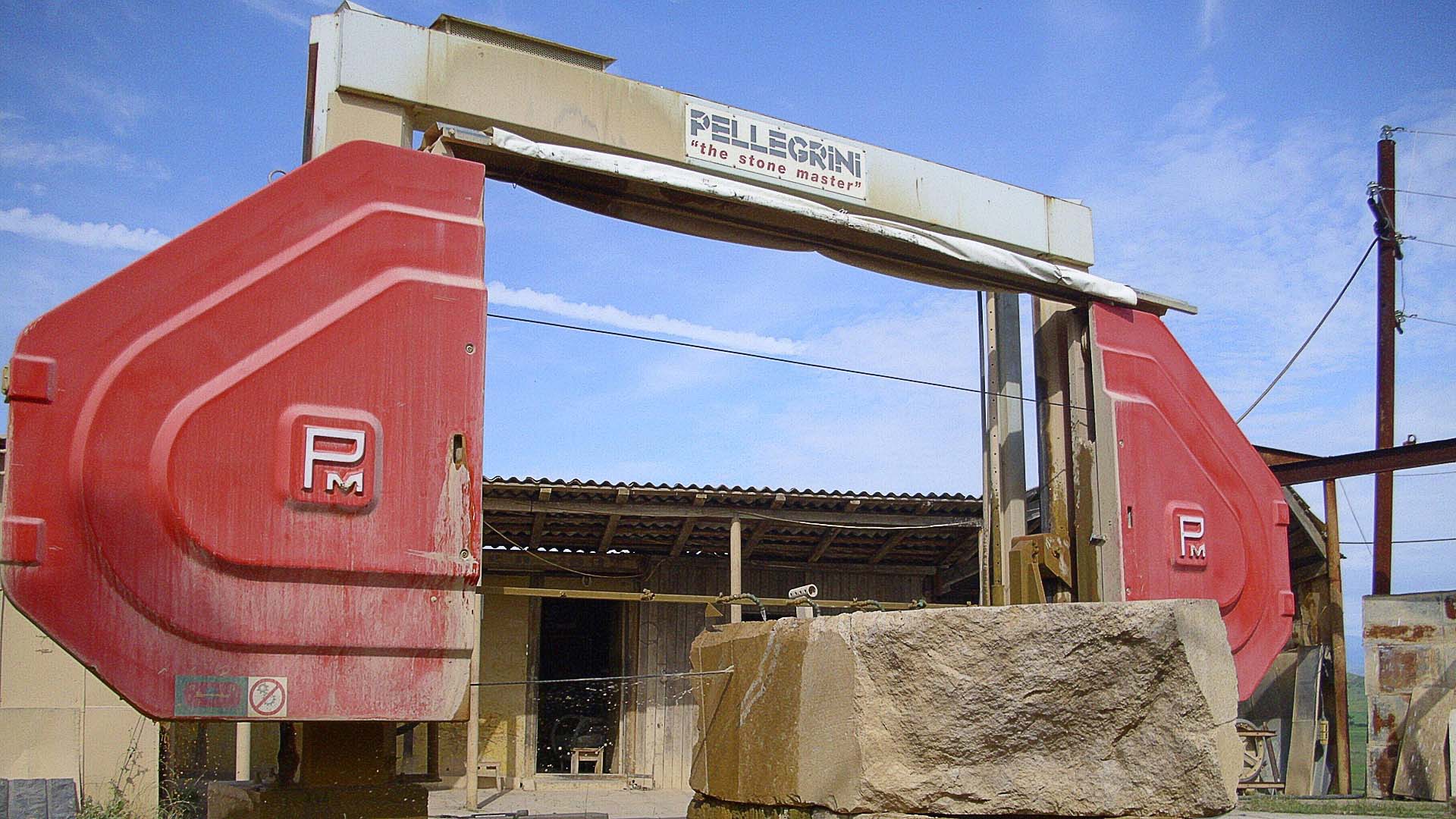
JSC Bolnisi Tuff has been working on the extraction and processing of tuff since 1934. The quarry is located in the village Talaveri, 18 km from the Bolnisi district center. The tuff stones found in this district with all its physical and mechanical properties belong to the andesite group, the stones we extract here distinguish from others with their decorative properties and diversity. The use of modern equipment and technologies allows us to create products of European standards. The Bolnisi tuff has been used for centuries, a vivid example is the Bolnisi Sioni temple built in the V century, as samples of modernity the buildings that are decorated with stones from our quarry we have Trinity Cathedral, Parliament Building, Academy of Sciences, Imel Building and many other buildings. The “Bolnisi Tuff” products are also known outside the Georgian market, the countries like Ukraine, USA, Russia, Kuwait and many know everything about it.
Tuff (tufo. Italian) – a dense volcanic rock formed by during volcanic eruptions. Due to its light weight and easy workmanship, it has been used as construction material all over the world for centuries. On the yellow background of tulle, different tones of brown curves, created by iron hydrogen, gives the material original look and beauty. For its extraordinary decorative features and also for its exceptional physical-mechanical properties Bolnisi tuff is widely used in the construction of monumental buildings. It has a different, texture that adds richness to the building or interior.
In terms of texture and color, there are three main tuffs in the quarry: whitish, light pink and yellow.




Tuff stone is distinguished by its frost resistance, which is proven by tests. 50 times it withstood -40 freezing temperature and deflection without changing its features and shape. Its lightness compared to granite or other construction stones, as well as its distinctive thermal insulation effect (3cm thick tuff slab is equal to 10cm thick Penoplast thermal insulation) makes it one of the best constructive and decorative material. It lightens the buildings. From its distinctive features its strength and less depreciation can be distinguished, also, grip during сementing and less water absorption, which is a guarantee that the building will maintain is the first appearance for a long time. Bolnisi tuffs physical-mechanical properties and chemical composition (absence of radiation) gives us the opportunity to use the stone for interior (floors, stairs, railings, paving stones and other.) arrangement. The most ancient use of Bolnisi tuff in Georgian architecture dates back to the 5th century to the Bolnisi Sioni Cathedral. It seems like its solid constructive and decorative traits were known from centuries. Architects of the Soviet Union also greatly appreciated this building material because of its unique color and properties, evidenced by the building of Parliament, Chancellery, Academy and Post Office.



